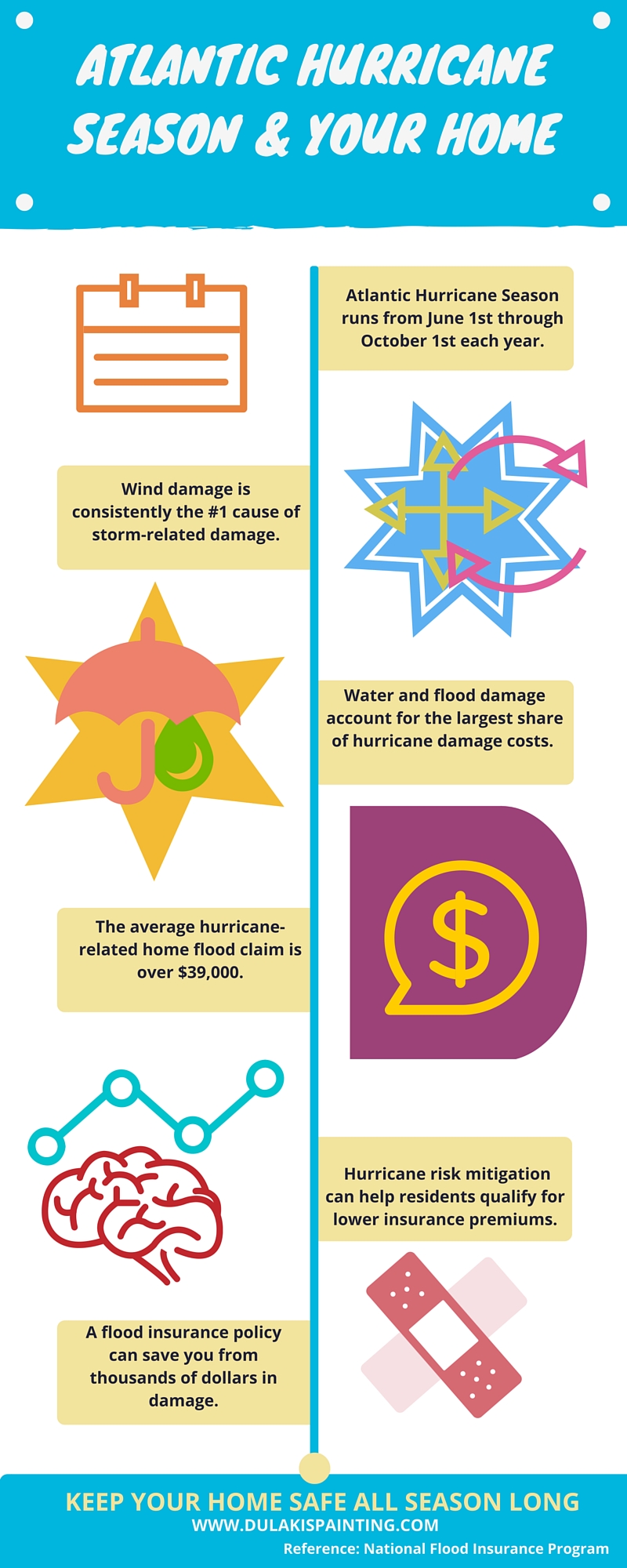Understanding Seasonal Influences On Commercial Outside Paint: Vital Understanding For Success
Understanding Seasonal Influences On Commercial Outside Paint: Vital Understanding For Success
Blog Article
Web Content By-Leach Rodriquez
When you're intending a commercial external painting task, seasonal variables can make or damage your results. You'll wish to think about how temperature and humidity impact paint application and drying out times. Choosing the appropriate period can guarantee your paint adheres effectively and lasts much longer. But which common questions about exterior painting projects are genuinely the best for this kind of job? Let's check out the crucial elements that can affect your task's success.
The Effect of Temperature Level on Paint Application
When you're planning an industrial external painting project, the temperature level can dramatically impact how well the paint sticks and dries.
Ideally, you want to paint when temperature levels vary in between 50 ° F and 85 ° F. If it's too chilly, the paint might not treat properly, resulting in issues like peeling or splitting.
On the other hand, if it's as well warm, the paint can dry out too swiftly, avoiding appropriate adhesion and leading to an uneven finish.
You must additionally think about the moment of day; morning or late afternoon uses cooler temperature levels, which can be much more positive.
Constantly inspect the maker's referrals for the specific paint you're utilizing, as they usually provide support on the ideal temperature variety for ideal outcomes.
Humidity and Its Impact on Drying Times
Temperature level isn't the only environmental factor that influences your business external painting job; humidity plays a substantial duty too. High humidity degrees can reduce drying out times significantly, influencing the total top quality of your paint job.
When the air is filled with moisture, the paint takes longer to treat, which can lead to problems like bad attachment and a higher threat of mildew growth. If you're painting on a specifically damp day, be prepared for prolonged delay times in between coats.
It's critical to check neighborhood weather and plan appropriately. Ideally, go for minneapolis/richfield commercial painting services in between 40% and 70% for optimal drying out.
Maintaining these consider mind guarantees your task remains on track and delivers an enduring coating.
Best Seasons for Commercial Outside Painting Projects
What's the very best time of year for your business external painting jobs?
Springtime and very early fall are typically your best choices. Throughout these periods, temperatures are light, and humidity degrees are typically reduced, developing suitable problems for paint application and drying out.
Avoid summertime's intense heat, which can trigger paint to completely dry also promptly, leading to bad attachment and surface. Likewise, winter's chilly temperatures can hinder proper drying and healing, running the risk of the long life of your paint job.
Go for days with temperatures in between 50 ° F and 85 ° F for optimal results. Bear in mind to check the neighborhood weather forecast for rainfall, as damp problems can destroy your job.
Preparation around these elements guarantees your painting project runs efficiently and lasts longer.
Conclusion
In conclusion, planning your industrial exterior painting tasks around seasonal factors to consider can make a considerable distinction in the end result. By organizing job throughout the ideal temperature levels and moisture levels, you'll ensure much better bond and drying out times. Remember to keep an eye on regional weather report and pick the right time of year-- spring and early fall are your best options. Taking these steps will aid you accomplish a sturdy and expert finish that lasts.
